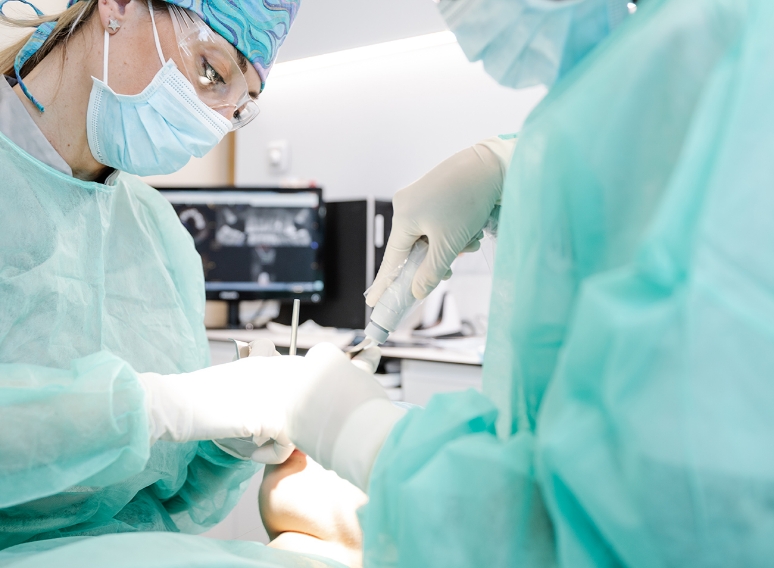Oral Surgery
We are a leaders in dental prevention and correction
Do not wait any longer and schedule your first time appointment now!

Oral Surgery
Surgical procedures performed to prevent or correct anatomical, evolutionary, traumatic and pathological defects of the gingiva, mucosa or alveolar bone.
Some of the surgeries performed at Arte Meddical include:
- Frenectomy
- Gingivoplasty (trimming of gums for esthetic purposes)
- Gingivectomy (gum trimming for periodontal purposes)
- Surgical exodontia (Teeth Extraction)
- Implantology
- Bone grafts
- Grafts with PRF (Platelet-rich fibrin)

¡Schedule your appointment!
Frequently
Asked Questions
Book your first
evaluation appointment for FREE
No, most of these are done at Artemeddical with laser and the biggest advantage is that it does not hurt and in 80% of the cases the anesthesia is topical (Spray or smeared).
No, it is also performed on children who, for example, have traction braces on the gum or tongue (they are ideal with laser).
Ideally, they should be recently erupted or when they are diagnosed as included, i.e. they will never erupt. They should be removed between 16 and 25 years of age, since the conditions of each patient are better at that age.
Ideally not, unless they start to cause discomfort.
It is platelet rich fibrin, a technique used to create tissue from blood.
Yes, but with some modifications, its competences are much broader than just that, it is used to generate bone, increase healing, as a membrane, in burns, in the treatment of varicose ulcers or diabetes, etc. There are many applications and new ones are still being discovered every day. The most important thing is that the professional is an expert in the subject and has the appropriate equipment and means to perform this technique.
No, it is a general rule, it is one of the many possibilities that can be taken to perform bone grafts, the most important thing is to have confidence in the professional who will make the best choice. In Artemeddical 80% of the grafts are with PRF (platelet rich fibrin) that what it does is to stimulate bone formation.